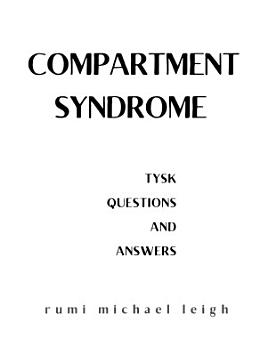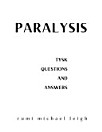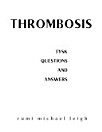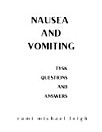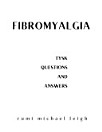Compartment syndrome: TYSK (Questions and Answers)
About this ebook
The book introduces compartments as groups of muscles, nerves, and blood vessels and explains how increased pressure in these compartments restricts blood flow. It describes both acute and chronic compartment syndrome, their differences, and why the condition is most often seen in the legs but can occur in other parts of the body.
Readers will learn about signs and symptoms such as severe pain, numbness, tingling, paralysis, muscle tightness, and paresthesia. The book also highlights causes including fractures, severe injuries, tight casts or bandages, burns, blood clots, and intense exercise.
Complications are outlined, including muscle damage, paralysis, contracture, nerve injury, rhabdomyolysis, necrosis, amputation, loss of function, sepsis, and even death. Diagnostic approaches are discussed, such as physical examination, imaging, and pressure testing.
Treatment options are explained, with acute cases requiring fasciotomy surgery, while chronic cases may be managed with rest, therapy, orthotics, and anti-inflammatory medications.
This book will interest students, healthcare workers, and readers who want to learn about compartment syndrome, its causes, risks, and available treatments.
